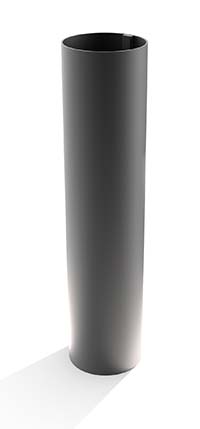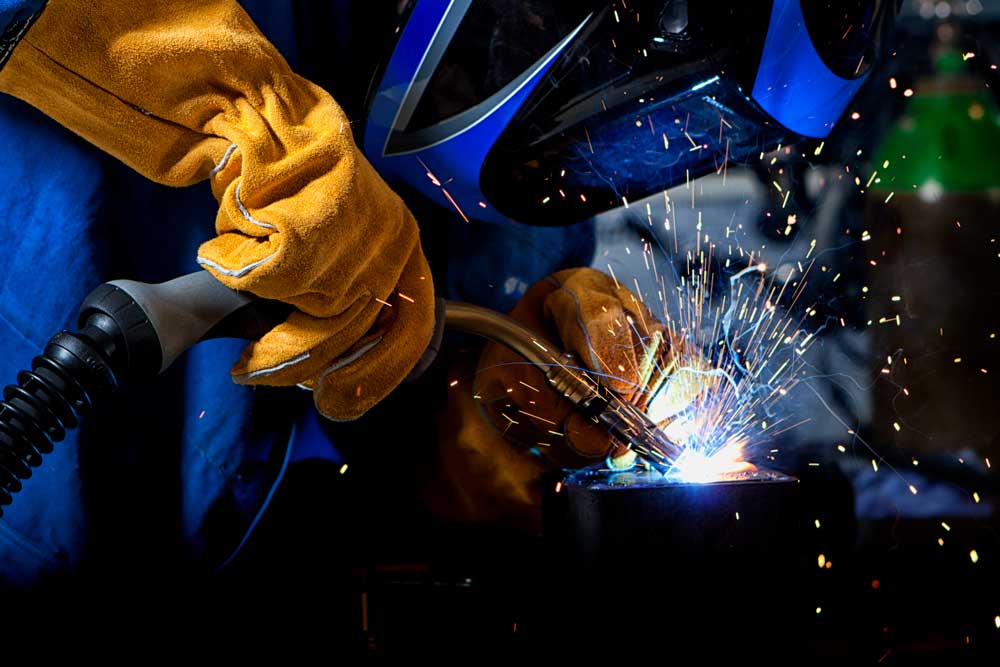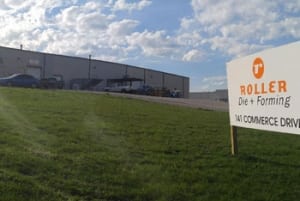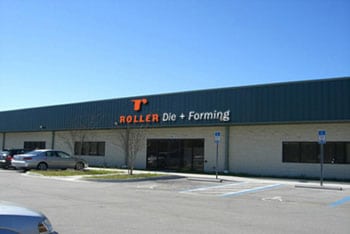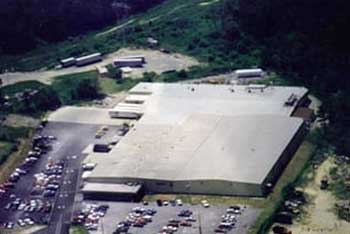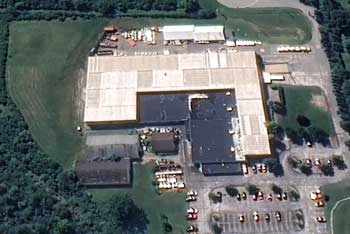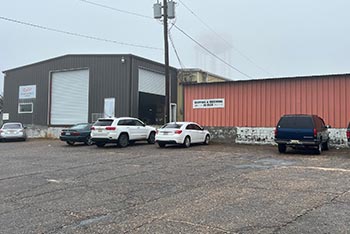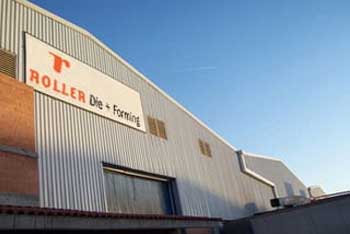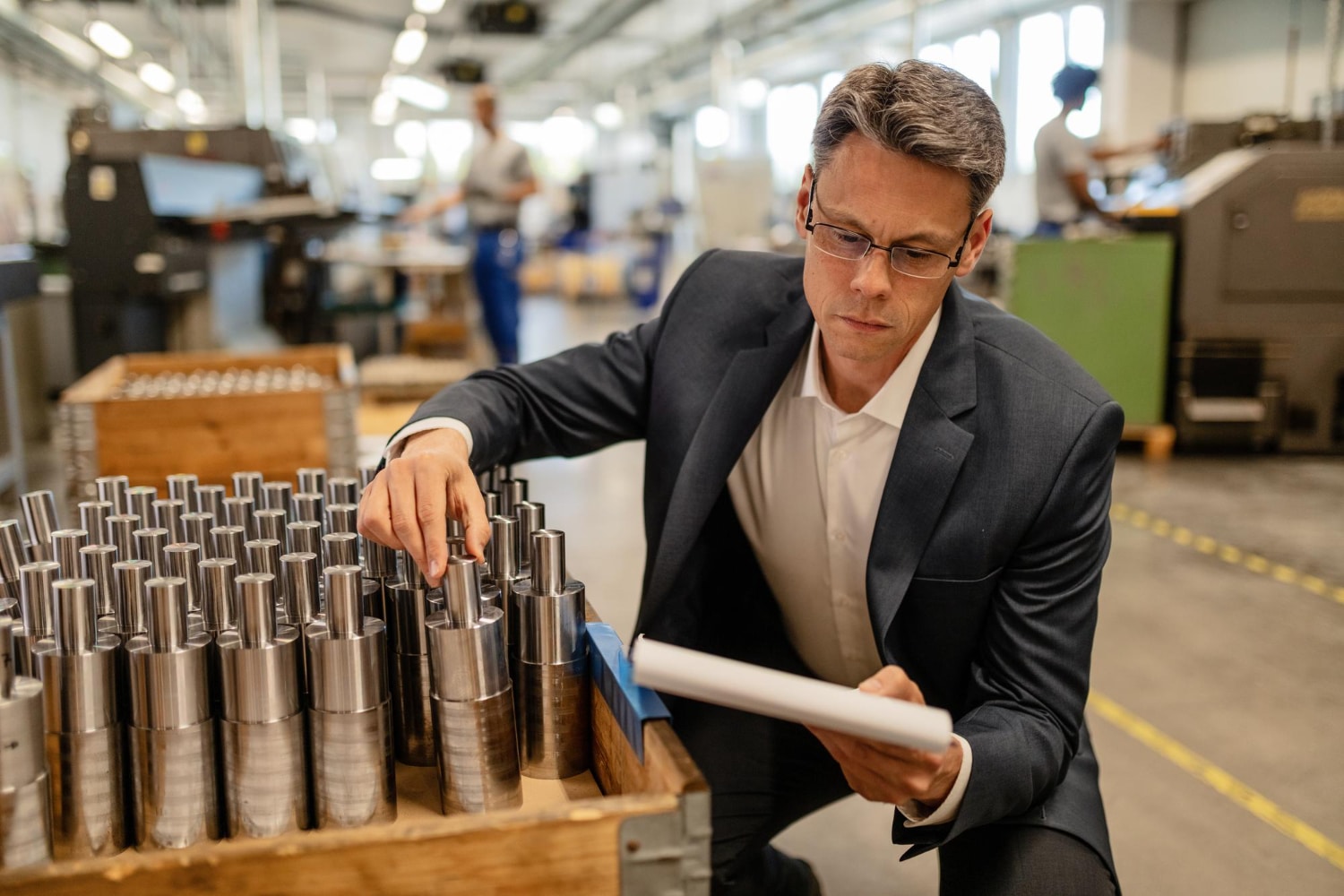As we look toward 2025, the steel market is poised for substantial transformation, bringing both challenges and opportunities for manufacturers. With rapidly advancing technologies and shifting consumer demands, the industry is evolving at an unprecedented pace. These changes are crucial for manufacturers to understand to stay competitive and efficient.
The increasing emphasis on sustainability is prompting manufacturers to adopt greener practices in steel production. At the same time, global supply chain dynamics are proving to be as impactful as ever. Navigating these complex factors requires strategic foresight and adaptability.
For manufacturers, staying abreast of these market trends is not just beneficial—it’s essential. Adapting to new technologies, embracing sustainability, and understanding supply chain influences are critical steps for success. As these elements reshape the market landscape, they will define the path forward for those in the steel industry.
Technological Innovations Driving Steel Production Efficiency
Technology is reshaping how steel is produced, making it faster and more efficient. New machinery and techniques are allowing manufacturers to minimize waste and use resources more effectively. These advancements are crucial for staying competitive when everyone aims to reduce costs while increasing output.
One major innovation is the use of advanced sensors and data analytics. Sensors gather real-time data from various points in the production process. This data helps manufacturers monitor performance, detect irregularities, and optimize operations without wasting time or materials. With these insights, manufacturers can fine-tune plant operations to maximize efficiency.
Another trend is using cleaner and more efficient energy sources, like natural gas or hydrogen, in production processes. These energy sources not only reduce costs but also help in lowering carbon emissions, which aligns with global environmental goals.
These technological innovations don’t just boost efficiency; they also set the stage for sustainable growth, ensuring that manufacturers can meet future challenges with confidence.
Sustainable Practices in Steel Manufacturing for 2025
Sustainability is at the forefront of steel manufacturing, and the industry is making big strides to reduce its environmental impact. With 2025 around the corner, sustainable practices are becoming essential for any manufacturer looking to thrive in a more eco-conscious world.
One approach is in energy conservation. Manufacturers are investing in equipment that uses less energy and generates lower emissions. This shift not only benefits the environment but also reduces operational costs over time. Green energy sources like solar and wind power are increasingly powering operations, providing a cleaner alternative to fossil fuels.
Recycling is another crucial element. Steel is one of the most recycled materials globally. Using recycled materials cuts down the need for raw resources and lowers energy usage during production. Recycling produces less waste, which is better for the planet.
Manufacturers are also exploring ways to reduce water usage and improve wastewater management. Water-efficient technologies are being implemented to minimize the environmental footprint of steel production processes.
Embracing these sustainable practices helps manufacturers meet regulatory requirements and builds a positive brand image. Customers and partners alike value companies committed to protecting the environment. As we move toward 2025, sustainable practices will continue to play a pivotal role in shaping the steel industry and ensuring it advances responsibly.
The Role of Automation in Reducing Manufacturing Costs
Automation is becoming a key player in reducing costs and boosting productivity in steel manufacturing. By automating repetitive tasks, manufacturers can save money on labor costs while increasing output and quality.
Robotic systems handle tasks like welding, cutting, and assembly with precision, minimizing errors and the need for rework. This consistency leads to higher quality products and less scrap, saving money on materials. Robotics also enable manufacturers to work around the clock without continual human intervention, boosting efficiency.
Automated systems aren’t just for heavy lifting. Automated data collection and analytics provide invaluable insights into efficiency and productivity. By analyzing this data, manufacturers can identify patterns, troubleshoot issues, and improve processes. This proactive approach can reduce downtime and improve overall performance.
Maintenance usually incurs costs and delays, but automation aids here too with predictive maintenance tools. These tools alert operators to maintenance needs before a machine fails, reducing unexpected stoppages and extending equipment lifespan.
Investment in automation yields quick returns, reducing manufacturing costs and driving competitive advantage. Manufacturers who embrace automation find themselves better prepared to meet market demands while controlling costs effectively. As technology continues to evolve, incorporating automation into operations will remain a critical strategy for success.
Understanding Consumer Demand Shifts for Steel Products
Consumer preferences are evolving, and manufacturers must keep pace to stay relevant. This shift affects the types of steel products in demand and influences production strategies. By understanding these changes, manufacturers can better serve their customers while enhancing their market position.
One major trend is the growing demand for lightweight products. Consumers are increasingly interested in energy-efficient vehicles, appliances, and buildings to reduce environmental footprints. Steel manufacturers are responding by developing high-strength, lightweight steel alloys that maintain durability while reducing weight.
Sustainability is also a priority for today’s consumers. Customers prefer products made with eco-friendly materials and processes. This includes steel products made from recycled materials and those produced with low-emission technologies. Offering sustainable options can attract environmentally conscious buyers.
Technology-driven changes like electric vehicles and smart buildings are altering the steel landscape. These innovations require steel products with unique properties, such as advanced corrosion resistance or enhanced energy absorption. Steel manufacturers need to adapt their offerings to meet these specialized needs.
By staying ahead of demand shifts, steel manufacturers can align product offerings with market trends, boosting both sales and customer satisfaction. Understanding and anticipating these shifts can provide a competitive edge in the dynamic steel industry.
How Smart Technologies Enhance Steel Quality Control
Quality control is essential in steel manufacturing to ensure products meet rigorous standards. Smart technologies are revolutionizing quality control, making these processes more accurate and cost-effective. These advancements not only improve product quality but also streamline operations.
One significant development is the use of sensors in production lines. These tools monitor various parameters in real time, such as temperature, pressure, and thickness. This continuous monitoring helps detect deviations early, allowing for immediate corrective actions. Reducing errors at the source saves time and materials.
Machine learning algorithms play a role in analyzing production data. By identifying patterns and trends, these systems offer insights into potential quality issues before they arise. Predictive analytics enhance decision-making, helping manufacturers maintain high-quality standards consistently.
Automated inspection systems use cameras and lasers to evaluate steel products during production. These systems rapidly check dimensions, surface quality, and structural integrity, ensuring every product meets specifications. Automation speeds up inspections while reducing human error.
Adopting smart technologies in quality control helps steel manufacturers achieve higher precision, reduce wastage, and meet stringent quality requirements. This technological shift is paramount as manufacturers strive to meet customer expectations and regulatory standards in a competitive market.
The Importance of Recycling in Modern Steel Production
Recycling is a cornerstone of modern steel production, offering significant environmental and economic benefits. As a highly recyclable material, steel can be reused repeatedly without losing strength or quality, making it a prime candidate for sustainable manufacturing practices.
Using recycled steel significantly reduces energy consumption and greenhouse gas emissions compared to producing new steel from raw iron ore. This reduction helps manufacturers align with environmental goals and regulatory standards, promoting a greener industry.
Recycling also cuts down on the reliance on mining for virgin materials, preserving natural resources. By focusing on recycling, manufacturers can reduce their carbon footprint and contribute to a circular economy where materials are reused, not wasted.
Economically, recycled steel offers cost advantages. It lowers raw material costs and decreases waste disposal expenses. These savings can be passed on to customers or reinvested in enhancing production processes and capabilities.
As demand for environmentally friendly solutions grows, manufacturers integrating recycling into their operations are better positioned to meet market expectations. Emphasizing recycling not only supports sustainability goals but also strengthens brand reputation, resonating with customers seeking responsible products.
Strategies for Manufacturers to Adapt to Market Changes
Adapting to market changes is critical for steel manufacturers aiming to sustain growth and competitiveness. As the market landscape evolves, manufacturers must employ strategies that enable them to pivot effectively.
Firstly, investing in technology and innovation is key. By adopting the latest advancements in manufacturing processes and materials, manufacturers can improve efficiency, cut costs, and meet changing customer demands. Expanding research and development capabilities can keep firms on the cutting edge of industry developments.
Creating flexible supply chain strategies is equally important. Manufacturers should diversify suppliers to reduce dependency risks and enhance supply chain resilience. This flexibility allows quick adjustments when faced with disruptions or demand fluctuations.
Enhanced customer engagement can help manufacturers anticipate market shifts. Developing close relationships with clients and staying attuned to their evolving needs enables manufacturers to tailor products and services effectively. Hearing directly from customers guides better decision-making and fosters loyalty.
Continuous workforce training ensures adaptation to new technologies and industry practices. By equipping employees with the skills needed to thrive in a changing environment, manufacturers can maintain high productivity levels and innovation.
These strategies provide a roadmap for navigating market changes confidently. By aligning resources and efforts with evolving industry needs, manufacturers safeguard their future successes.
Conclusion
The ever-evolving steel market is filled with challenges and opportunities that require manufacturers to stay agile and innovative. By understanding trends—from technological innovations and sustainability efforts to emerging markets and new consumer demands—manufacturers can position themselves for success. As the industry moves toward 2025, embracing these changes becomes crucial.
Roller Die + Forming stands ready to support manufacturers navigating this dynamic landscape. Whether you are looking to optimize production through cutting-edge processes or aim to explore new market avenues, our custom roll forming solutions provide the quality and innovation you seek. Contact us today to see how we can partner with you to meet your unique needs and thrive in this evolving market.

